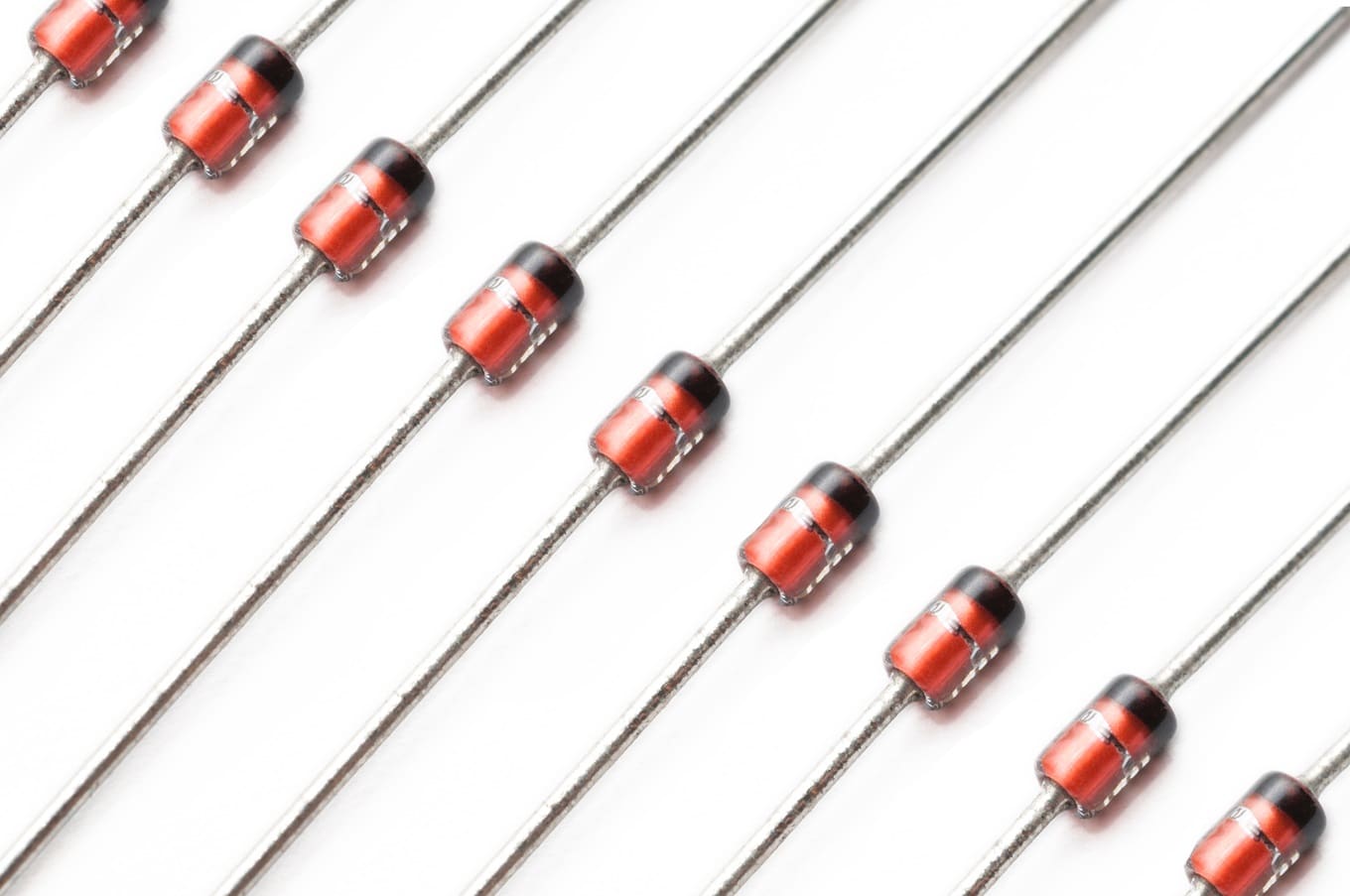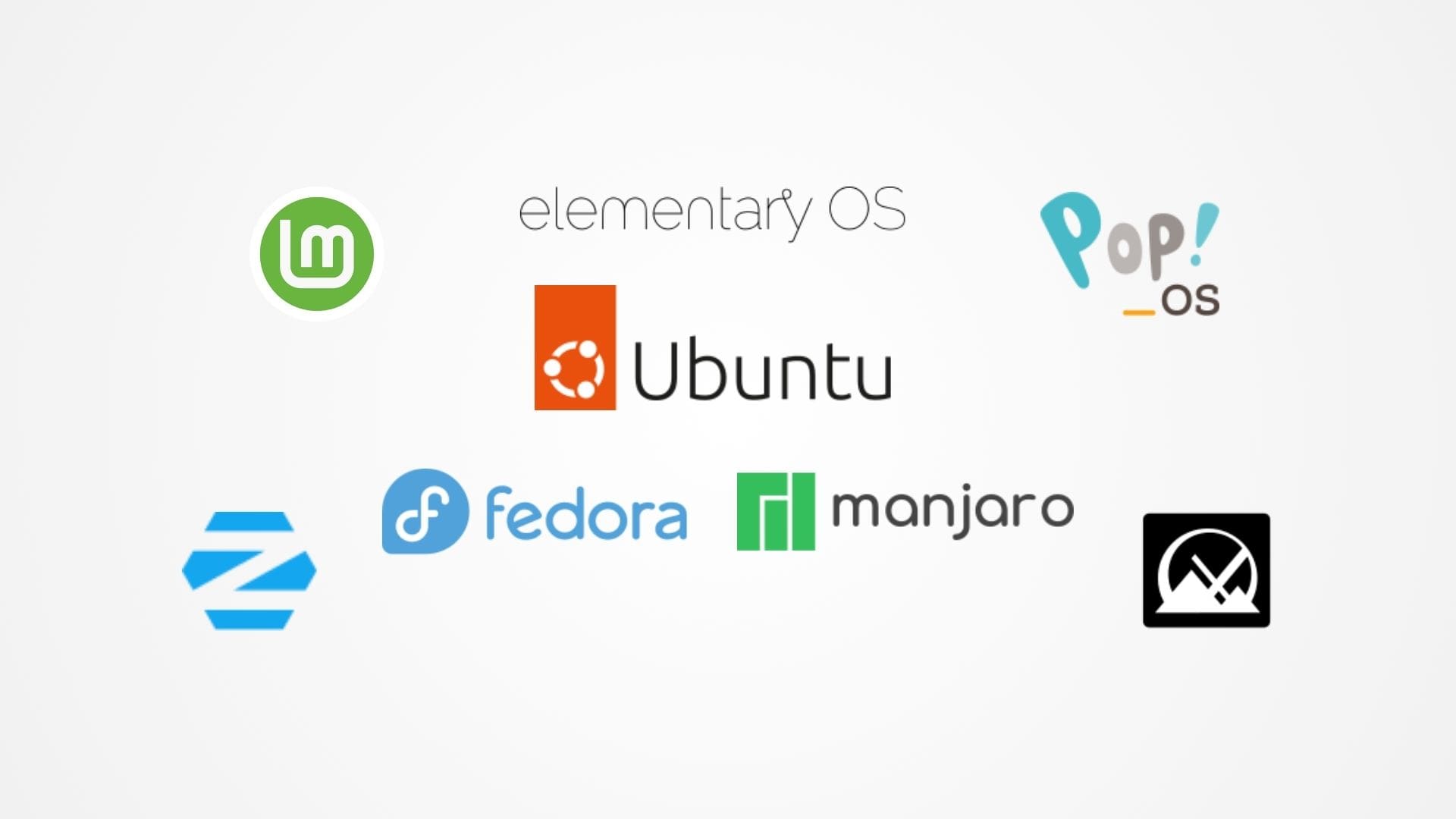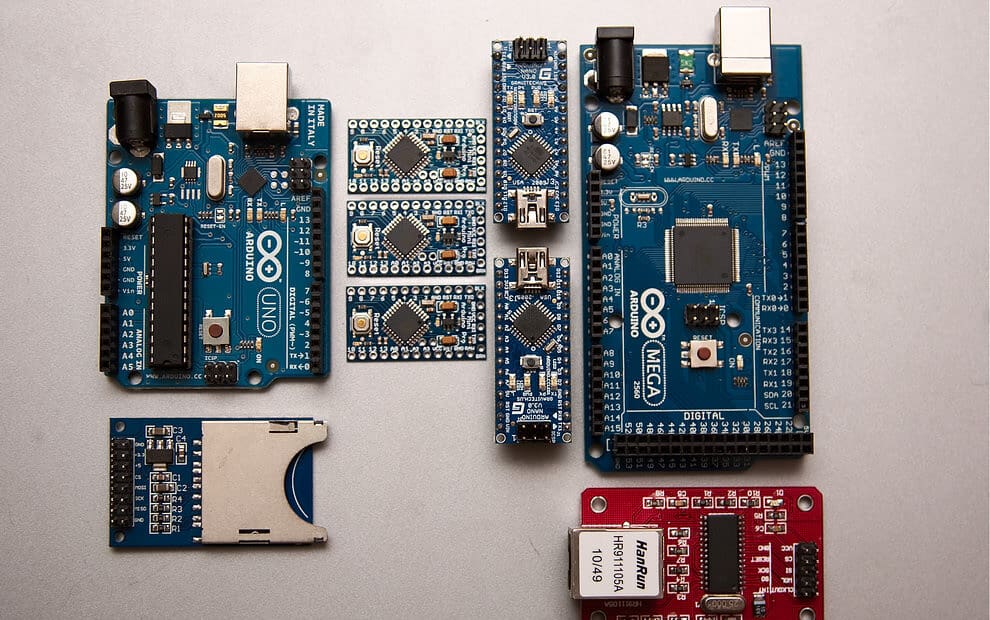Electron Beam Melting (EBM) is a formidable additive manufacturing technology that uses a high-energy electron beam to fuse metal powder into solid parts. Known for producing components with exceptional mechanical properties, EBM is particularly favored in sectors where durability and precision are paramount. This technology is unique for its use of an electron beam in a high vacuum environment, which distinguishes it from other metal additive manufacturing methods.
How EBM Printing Works?
EBM technology functions by melting metal powder layer by layer with an electron beam under high vacuum conditions. The process starts by spreading a layer of metal powder over a build platform. An electron beam then scans the powder layer, melting the powder according to the digital design derived from a CAD model. The platform lowers, a new layer of powder is applied, and the process repeats until the part is completed.
One of the critical phases in EBM is preheating, which helps to maintain a consistent temperature throughout the build chamber. This uniform heating reduces residual stress and prevents warping of the material, ensuring that the finished parts have high dimensional accuracy and mechanical strength. The high energy density of the electron beam also allows for rapid melting and solidification, making EBM one of the faster metal additive manufacturing processes.
Advantages of EBM 3D Printing
Material Properties: EBM parts exhibit excellent mechanical properties, such as strength and fatigue resistance, making them ideal for high-stress applications.
Design Freedom: The ability to create complex geometries that are often impossible with traditional manufacturing techniques is a significant advantage of EBM. This includes intricate internal features and cavities without the need for support structures.
Efficiency: EBM can process multiple parts simultaneously within the same build chamber, which significantly improves production efficiency for small to medium-sized batches.
Applications of EBM 3D Printing
EBM has been effectively utilized in several industries:
Aerospace: For components like turbine blades that require high strength and durability under extreme conditions.
Medical: In producing customized orthopedic implants such as hip and knee replacements that benefit from the biocompatibility of titanium alloys typically used in EBM.
Automotive: Particularly useful in creating prototypes and end-use parts for high-performance vehicles where material properties like strength and lightweight are crucial.
Considerations and Limitations
Despite its strengths, EBM comes with certain limitations:
Cost and Accessibility: The cost of EBM machines and the operational expenses related to maintaining a high vacuum environment can be prohibitively high.
Material Limitations: EBM is predominantly used with metals like titanium, stainless steel, and cobalt chrome, restricting its use to applications suited to these materials.
Surface Finish: The surface finish of EBM parts can be rough compared to other finishing standards and may require post-processing to achieve smoothness and aesthetic qualities.
The Future of EBM Printing
The future of EBM looks promising with ongoing developments aimed at enhancing its capabilities. Efforts are underway to expand the range of materials, improve machine reliability, and increase the build speed. These improvements could make EBM a more competitive option across a broader array of industrial applications.
Electron Beam Melting represents a cutting-edge approach in the field of additive manufacturing, offering unmatched benefits in terms of part strength, efficiency, and design complexity. As the technology evolves, it holds the potential to revolutionize industries by providing a means to realize designs that were once considered unmanufacturable. For those in high-performance sectors, EBM offers a compelling solution that marries innovation with robustness.








